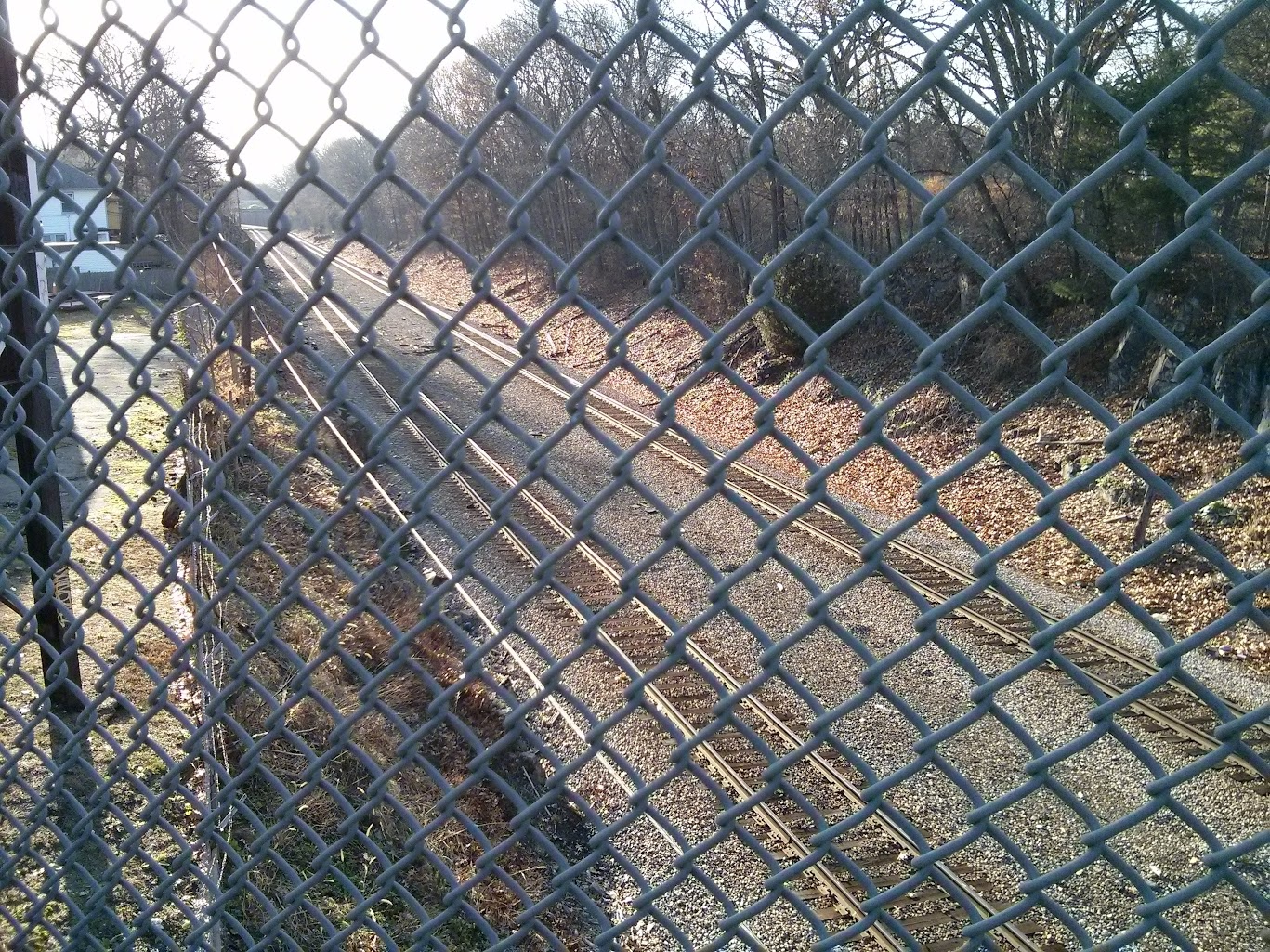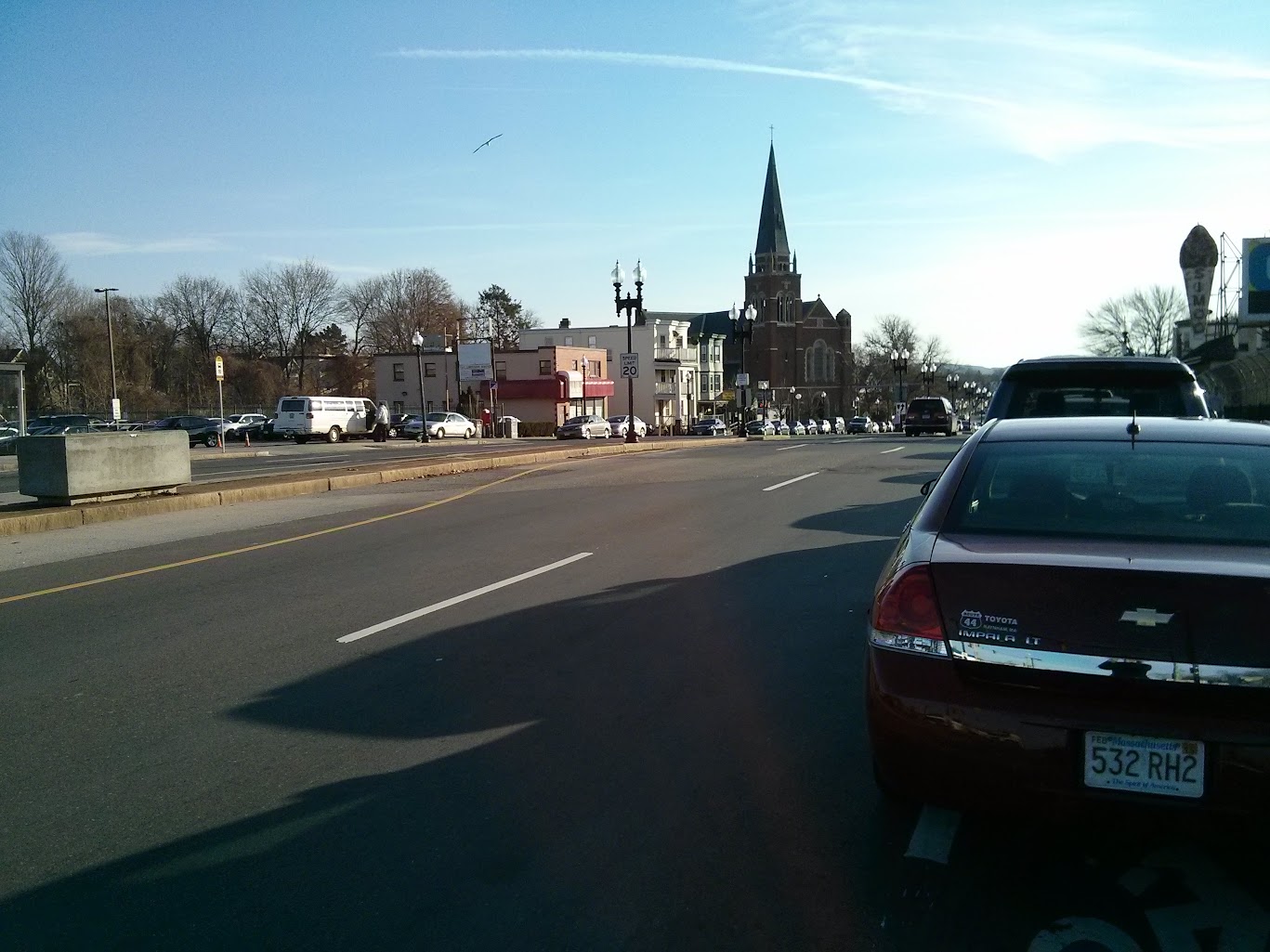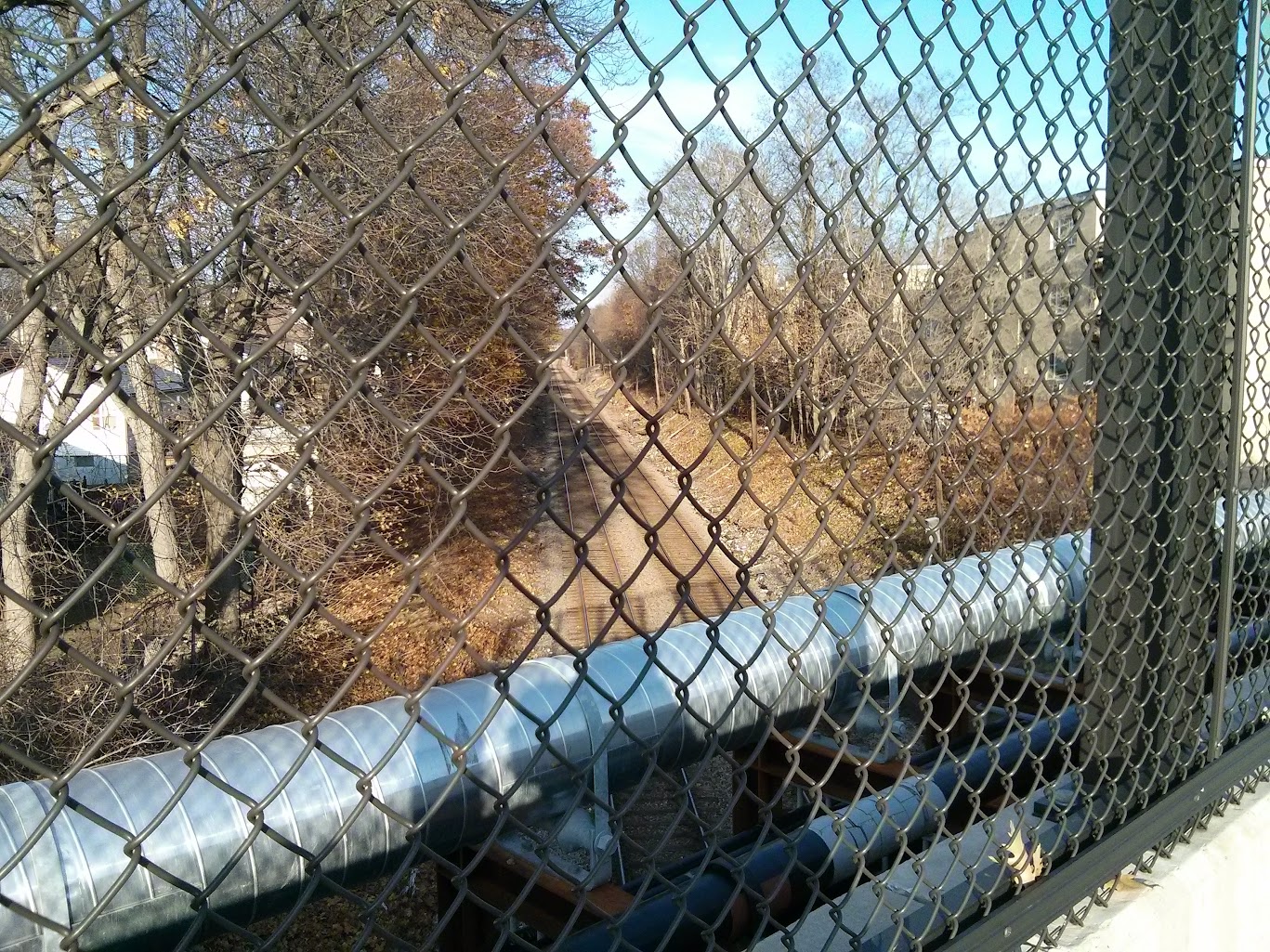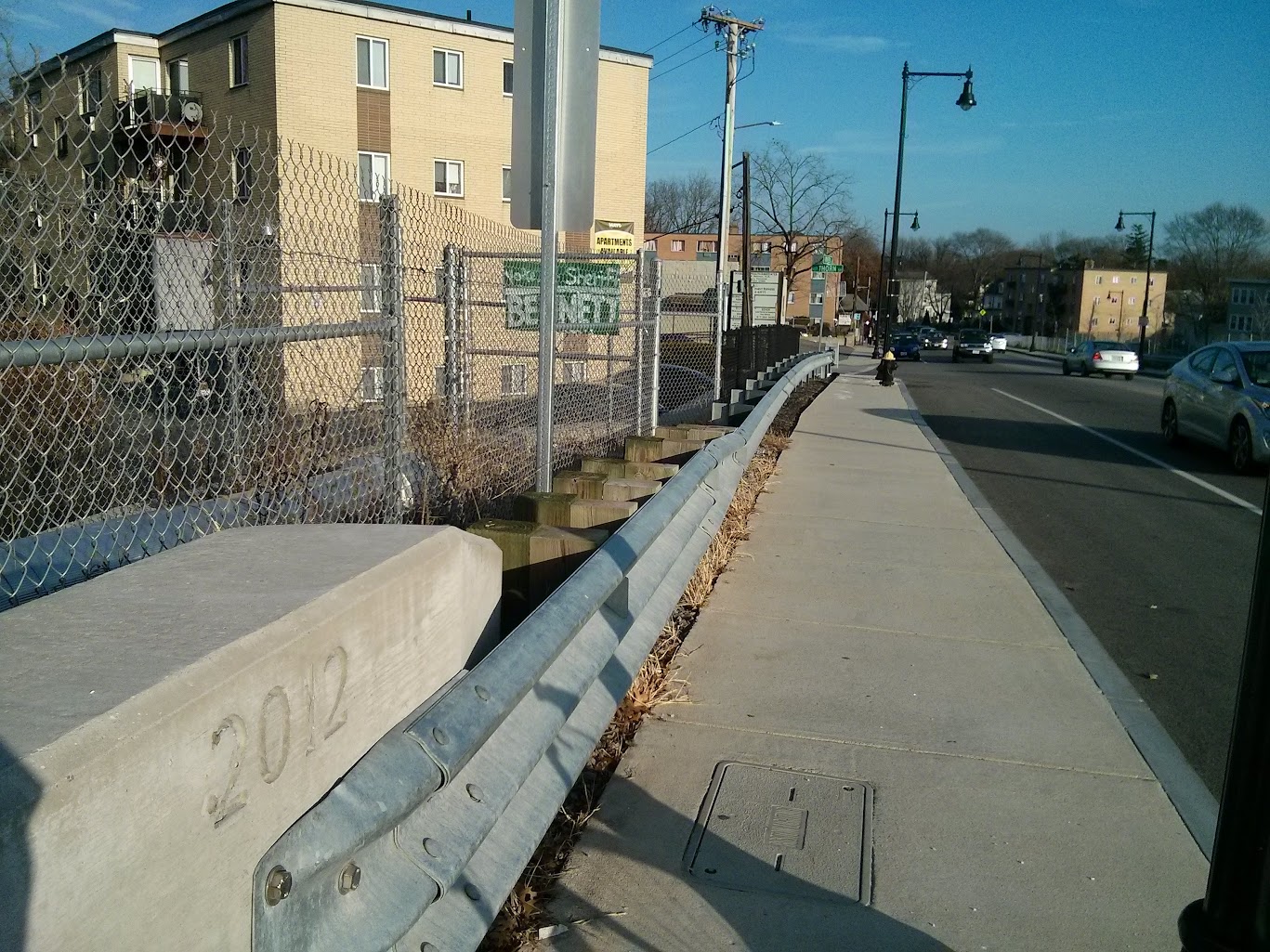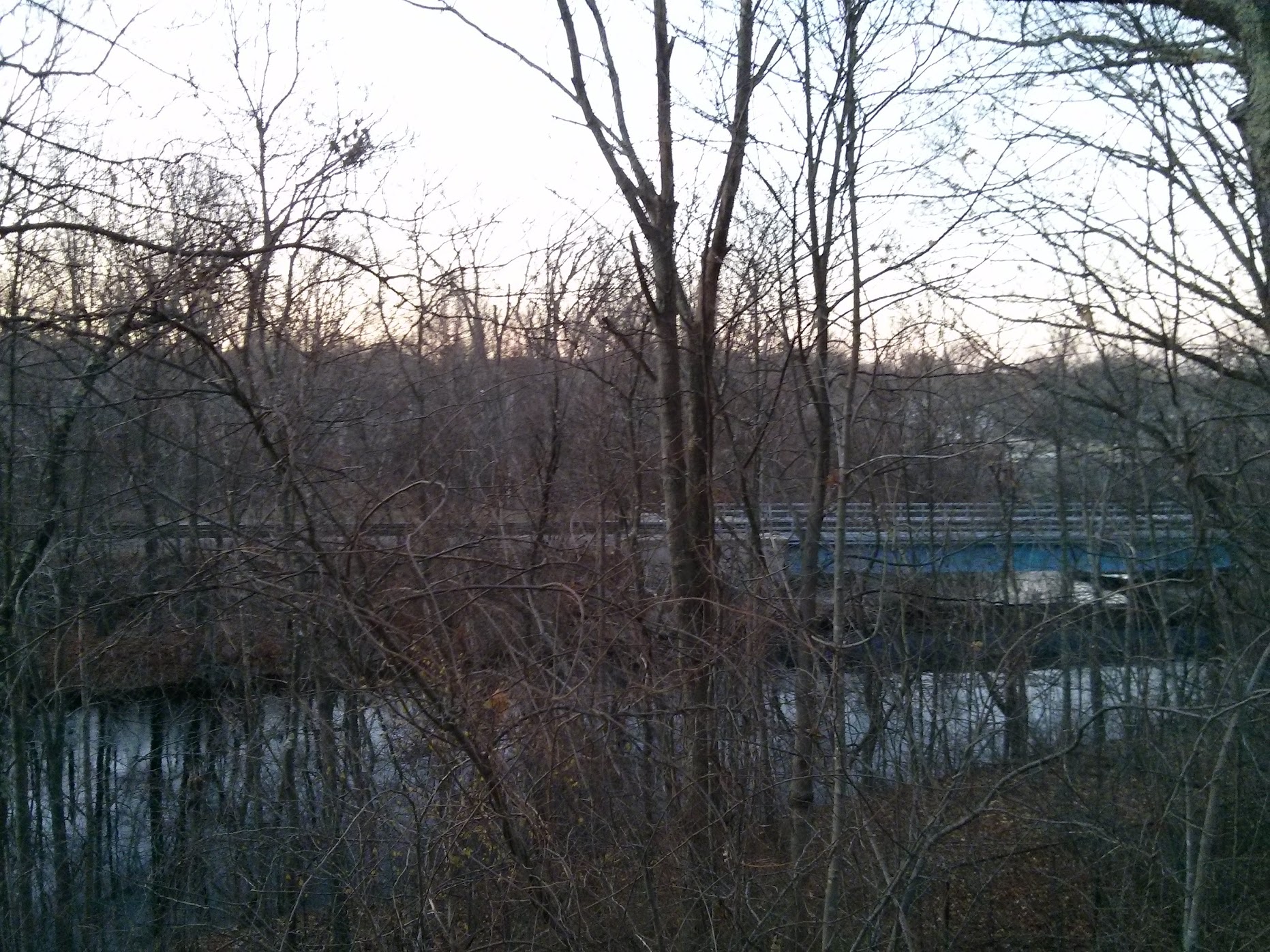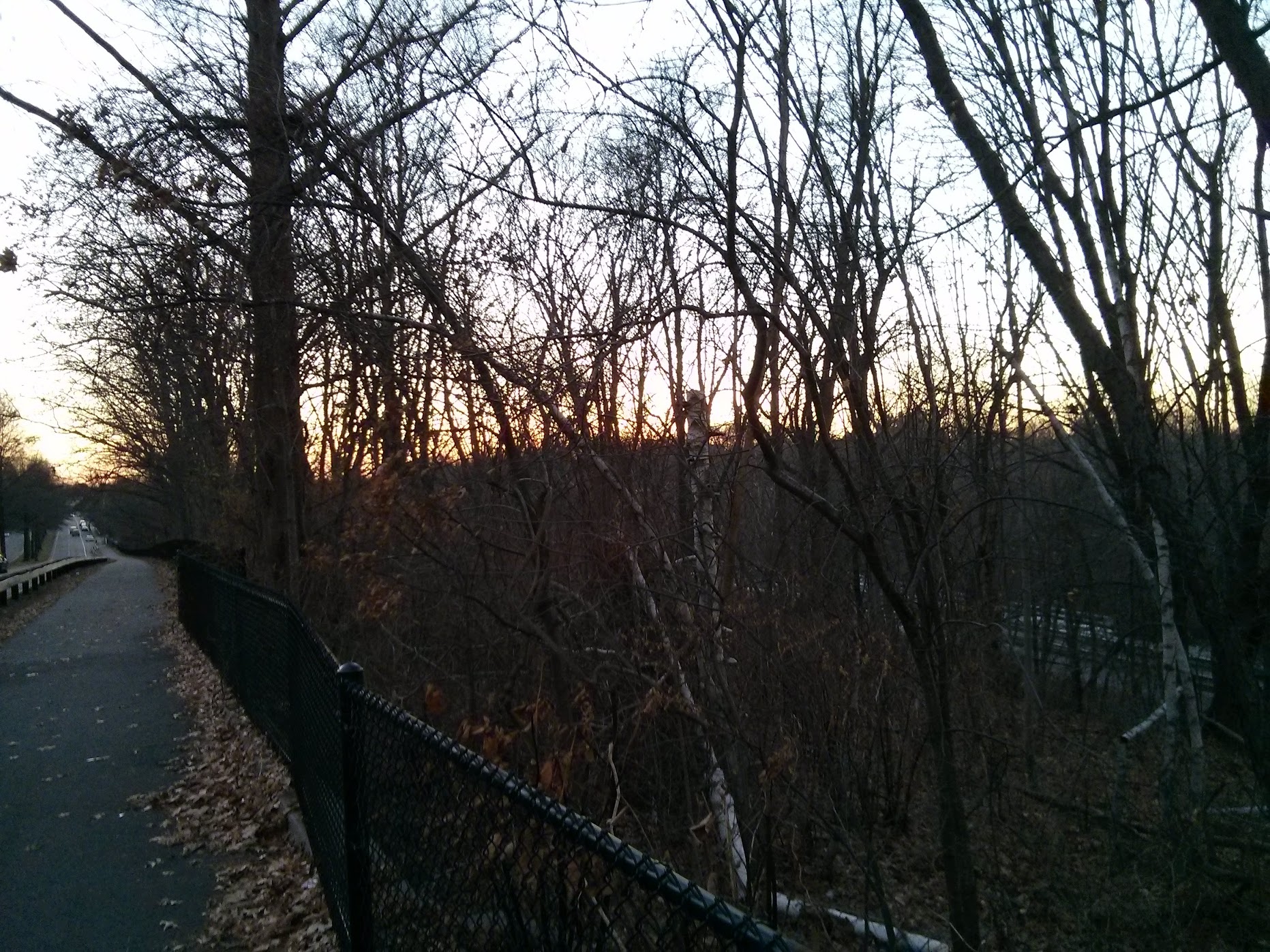Well, if you're talking about the old NSRL study then I don't really expect the actual cost to be $2bn/km. First of all, that includes Central Station: tunnel boring isn't the main expense, it's station caverns that really blow up costs. And secondly, that study is widely believed to be intentionally sandbagged in order to sink the project and justify its removal from the state list. A more honest study would come up with a slightly more reasonable figure, probably something in line with London's costs. That's still overpriced, but overpriced in line with USA and British costs, a problem that still needs to be resolved.
I don't know why you say we would never consider TBMs here. When it comes down to it, where appropriate, they will be used. They're just not a complete, 'magic' solution to building subways.
Actually, I don't even think the Central Artery-segment of the tunnel itself is the most difficult part of the NSRL. Much of the hard work has already been done -- moving the utilities and threading a path through the maze of underground stuff. It'll be harder (for various reasons) to do these: creating the new underground platforms, building the portals and electrifying the commuter rail network.

